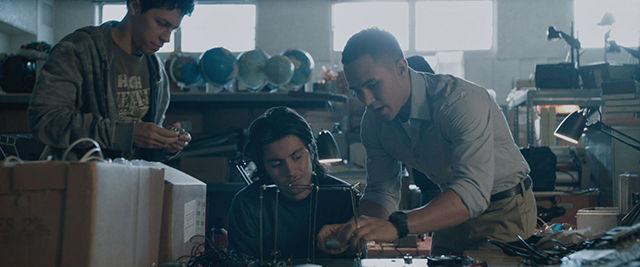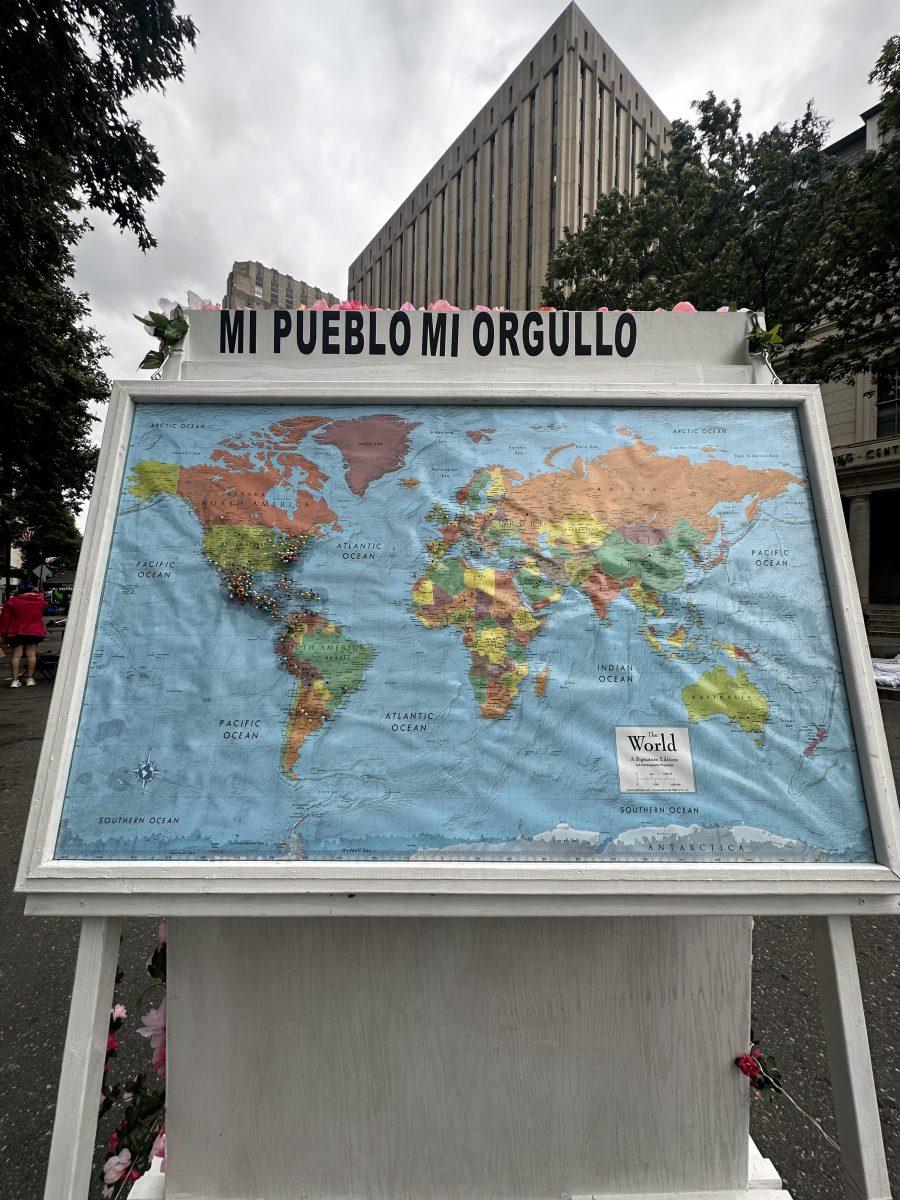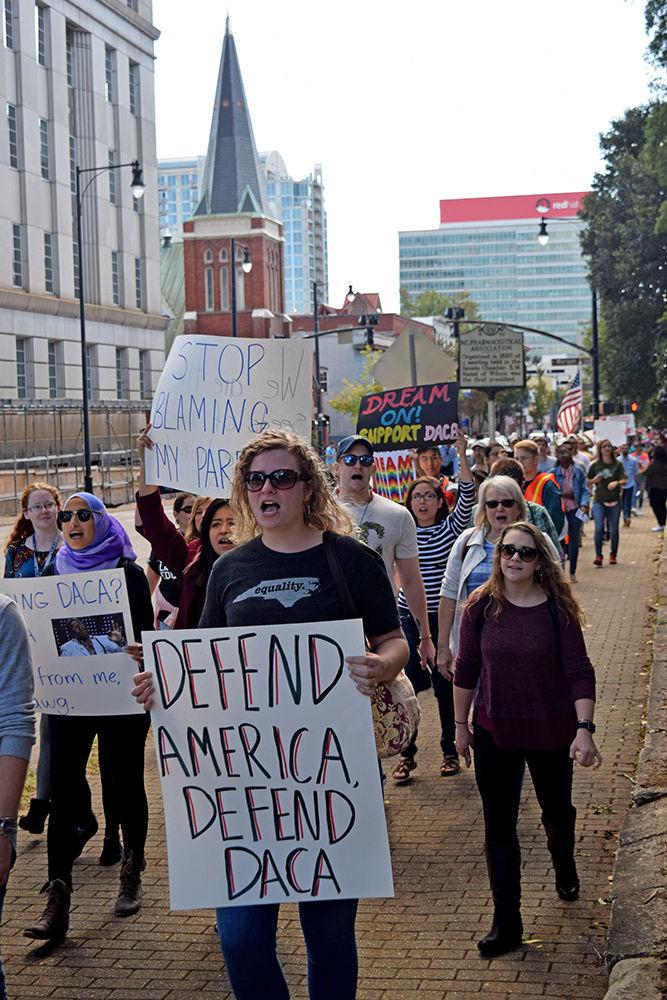For people who don’t want to leave the cinema weeping in shell-shocked awe after “American Sniper,” “Spare Parts,” a drama about the underdog success of young undocumented students, is a lighter choice.
Although some of the elements of the film were predictable for a drama, the movie did a good job interpreting the difficult family dynamics of immigrant families and the struggles of undocumented Latinos in Arizona.
When Fredi Cameron (George Lopez) came as a substitute teacher to Carl Hayden Community High School at the beginning of the spring semester in 2004, he quickly realized that he would have to sweat a lot if he wanted to stay there. Carl Hayden Community High School, located in the eastern part of Phoenix, Arizona, has a 92 percent Latino population, and more than half of them receive free or reduced school lunches, a common indicator of low-income communities.
Nevertheless, the instructors at the school inform him that not only will he be teaching classes, but he will also manage the Robotics Club as a new initiative at the school. For the first task of the club, the school decides to enter the Marine Advanced Technology Education Center’s Remotely Operated Vehicle competition, sponsored by NASA and the U.S. Navy.
As expected, no one attends the first meeting that Cameron hosts, and he considers giving up on the robotic initiative. However, as he readies to leave, a young, clean-cut and energetic kid by the name of Oscar Vasquez (Carolos Penavega) arrives, hands full of facts surrounding various types of robots.
Reluctantly, Cameron agrees to run the club and enter the robotics competition, with one condition, that Oscar finds more people to form the team. Oscar, a natural leader thanks to his success in JROTC, easily recruits three more students to the team.
Fifteen-year-old Lorenzo Santillan (José Julián) is recruited for his remarkable ability to fix up cars. Lorenzo forms a vital part of the team, given the fact that he holds the greatest capacity to help in the construction of the machine.
Cristian Arcega (David Del Rio), a scrawny but incredibly smart student, forms the brains of the group. Frequently bullied and living in shed located just outside of his house, Cristian finds a sense of belonging with the Robotics Club.
After reviewing various models for the robot, the team realizes that they will need someone strong to carry their creation. Enter Luis Aranda, a heavyset young man who seldom speaks but works hard, helping his family by working at a local restaurant.
All four of the students on the team are undocumented and come from poverty; even so, they continue to move forward with the dream that this robotics club will give them better opportunities in the future.
They know that they will face some of the best teams in the nation, teams full of students aspiring to attend universities such at MIT, Virginia Tech, Cornell and many more.
Nevertheless, they never give up, and, with the help of Oscar, they raise a grand total of approximately $800 from local businesses. With the limited budget and thousands of miles away from the ocean, the team from Carl Hayden constructs their robot, testing it in the pool of a nearby motel.
They arrive to the competition at the University of California at Santa Barbara and decide to register for the competition meant for university students, reasoning that it would be a better honor to finish last among college students than last among high school students.
The movie opts to show host of the best and most renowned engineering universities at the competition. However, in reality, according to the WIRED article by Joshua Davis, the schools that finished in the top spots following the underwater portion were a mix of unknowns following MIT, including a community college from North Carolina.
In that element, McNamara could do a better job capturing the improbable success of these students. Perhaps telling the story of these kids in a mini-series would provide a better platform for sharing this inspirational tale to Latinos and the general public. Nevertheless, this is a movie that could be seen with friends and allow it to open an important dialogue about immigration in this country.
For more information about what happened to these students after their successes, you can also read the book under the same name.





